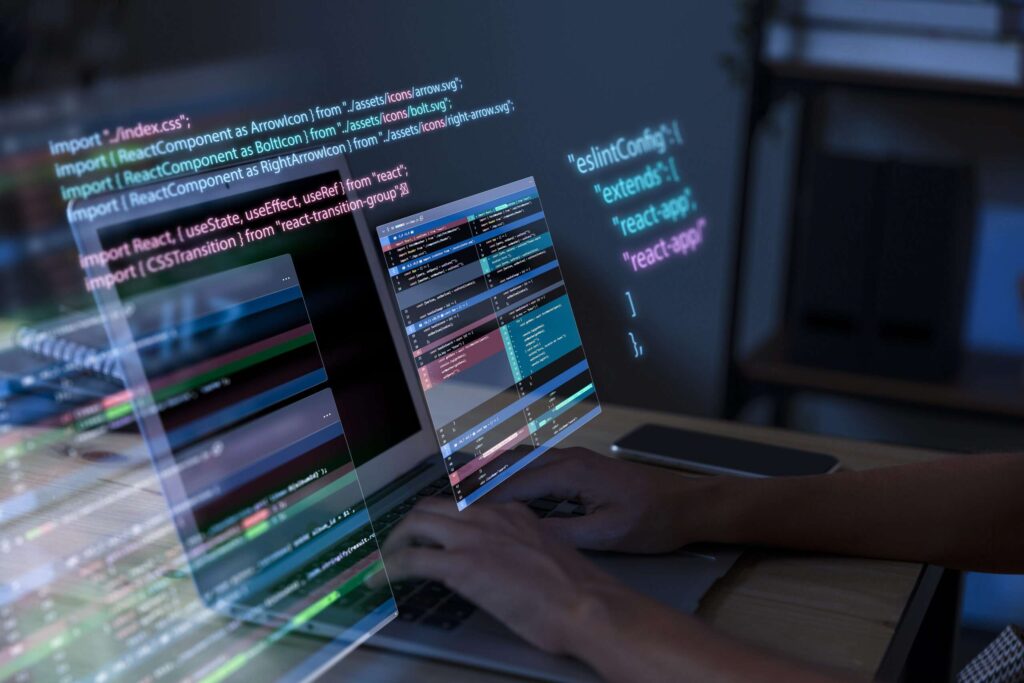Regulating Sustainability in Software Development: An Industry Imperative
In today’s fast-paced technological landscape, sustainable IT practices have emerged as an industry imperative. As businesses become increasingly conscious of their environmental footprint, the world of software development is not far behind. This article explores the growing trend of sustainable and eco-friendly practices in software development, revealing their significance in an age where sustainability matters more than ever. A Growing Trend with Real Impact The drive for sustainable IT practices isn’t a mere trend; it’s a transformational force that’s altering the way software development operates. This shift towards eco-friendly practices is motivated by both ethical and pragmatic concerns. Eco-Friendly Coding: Writing the Future One significant aspect of sustainable software development involves eco-friendly coding practices. This approach seeks to minimize energy consumption in software applications, an essential consideration in an era where energy efficiency is paramount. This practice includes optimizing code to ensure it runs with minimal computational resources. It also involves developing software that takes advantage of energy-efficient hardware. Green Data Centers: Sustainability at Scale Data centers are at the heart of the internet, and their energy consumption is massive. Sustainable software development involves hosting applications and services in green data centers, which utilize renewable energy sources and highly efficient cooling systems. These data centers have a significantly lower carbon footprint compared to traditional centers, thus reducing the environmental impact of the software they host. Reducing E-Waste: Eco-friendly Software Disposal Another key aspect of sustainable software development involves reducing electronic waste (e-waste). This is achieved by developing software that runs efficiently on older hardware and extending the lifespan of electronic devices, thus decreasing the rate at which technology becomes obsolete. Social Responsibility and Sustainability Sustainability isn’t just about environmental impact; it’s also about social responsibility. Sustainable software development considers factors like fair labor practices and the ethical sourcing of raw materials. It takes into account the complete lifecycle of the technology and its ethical implications. Why It Matters for Businesses Sustainable software development matters for businesses on multiple fronts. It’s not just about environmental responsibility; it also makes practical business sense. In conclusion, sustainability in software development is no longer a choice; it’s a responsibility and a strategic advantage. By adopting eco-friendly coding, hosting in green data centers, and reducing e-waste, businesses can align with consumer values, reduce costs, and minimize their environmental footprint. It’s not just about responsible development; it’s about developing a future where technology and sustainability go hand in hand.



